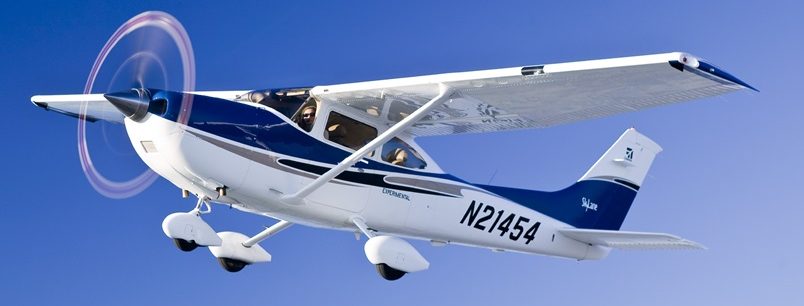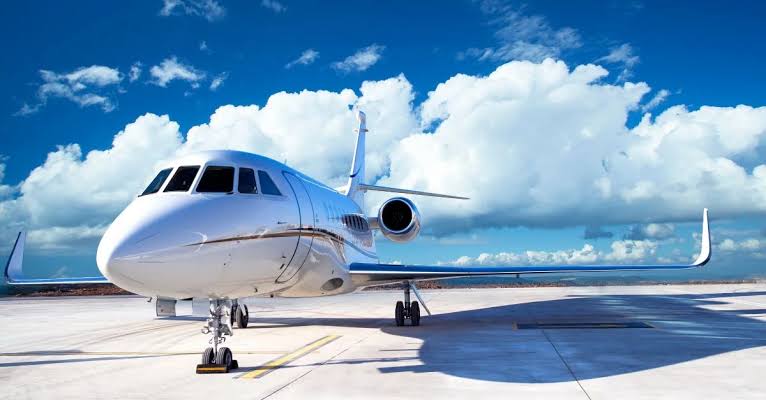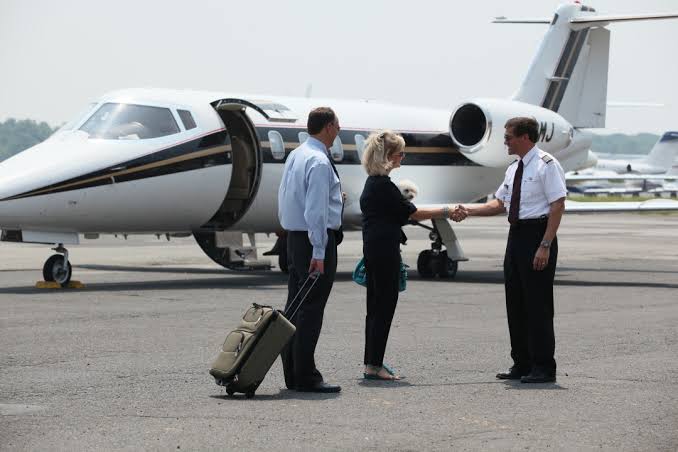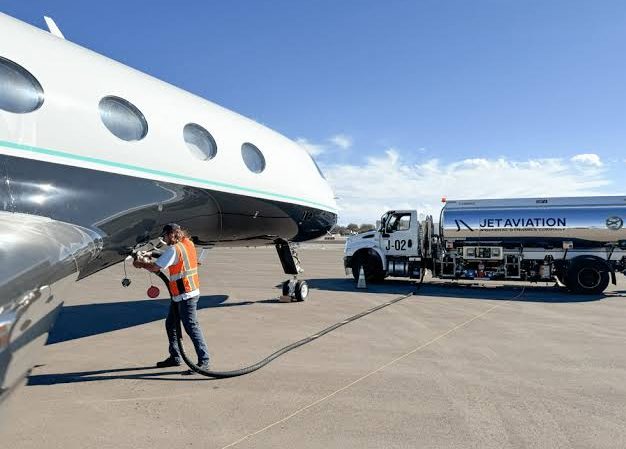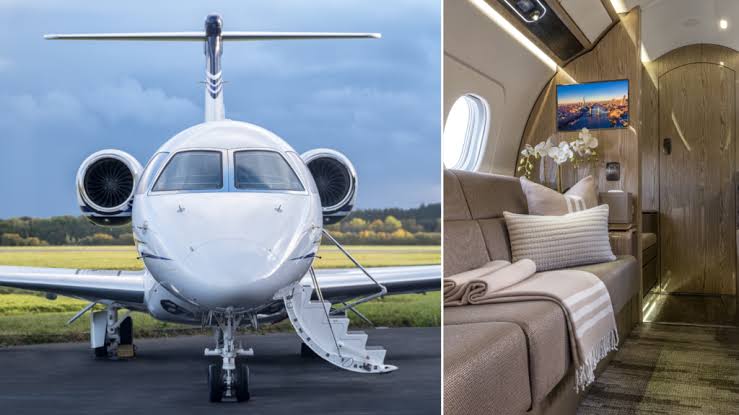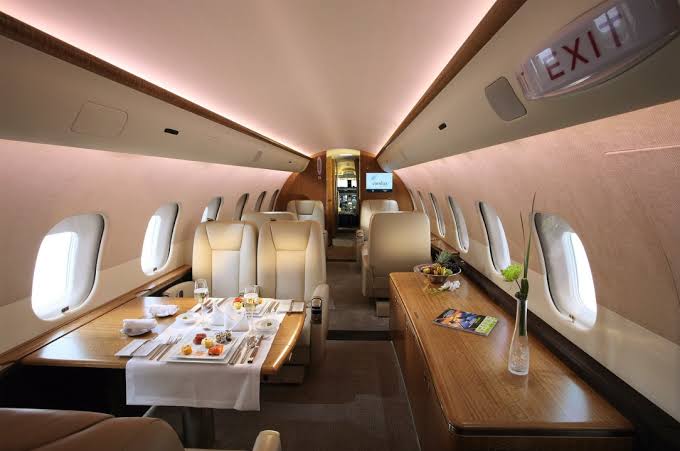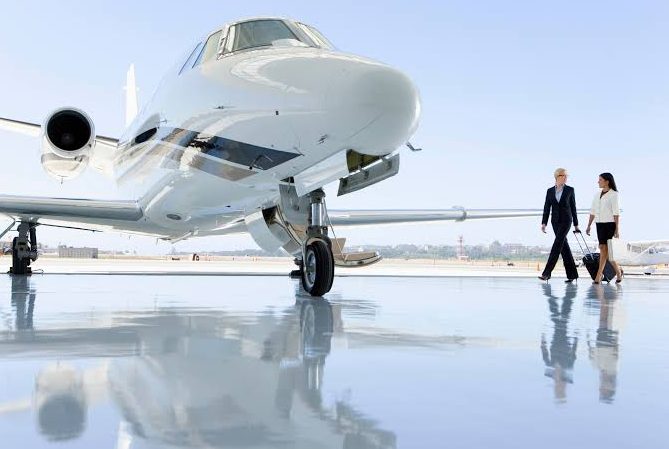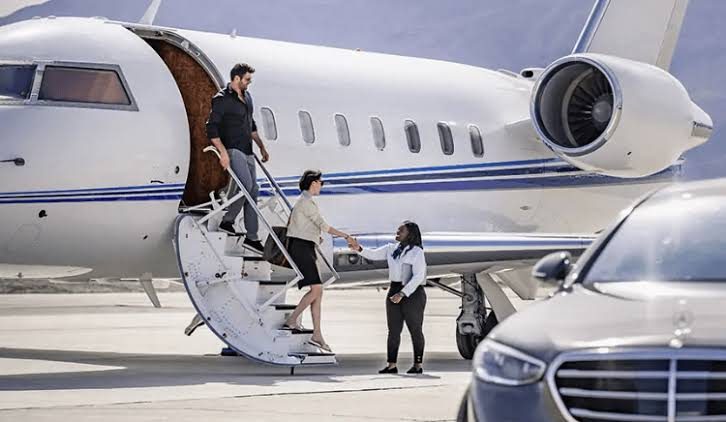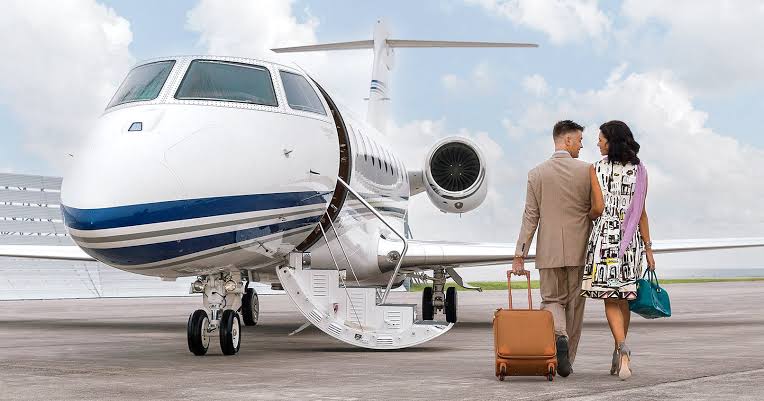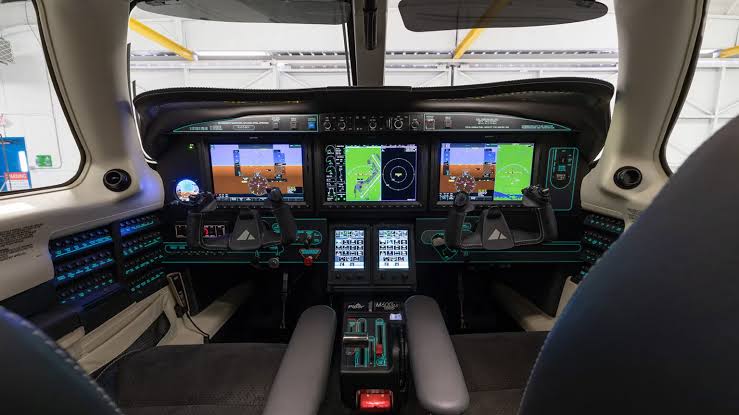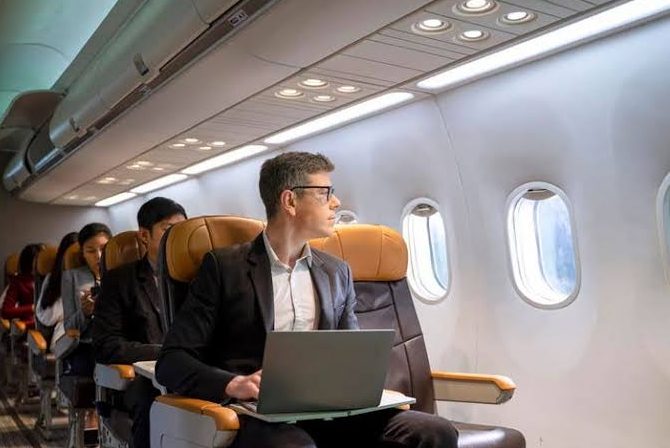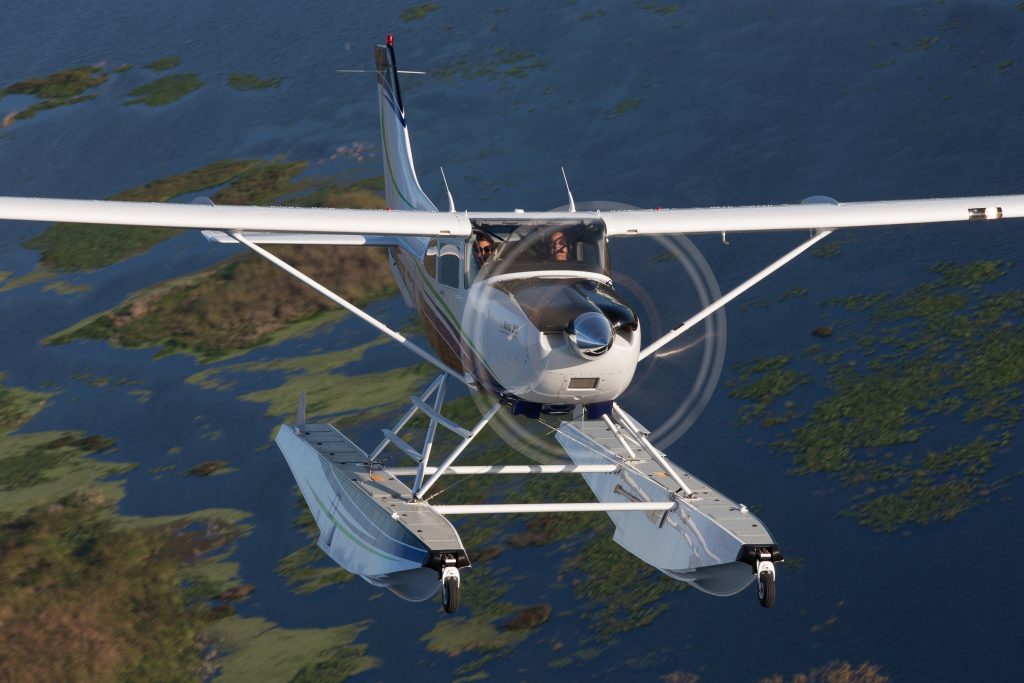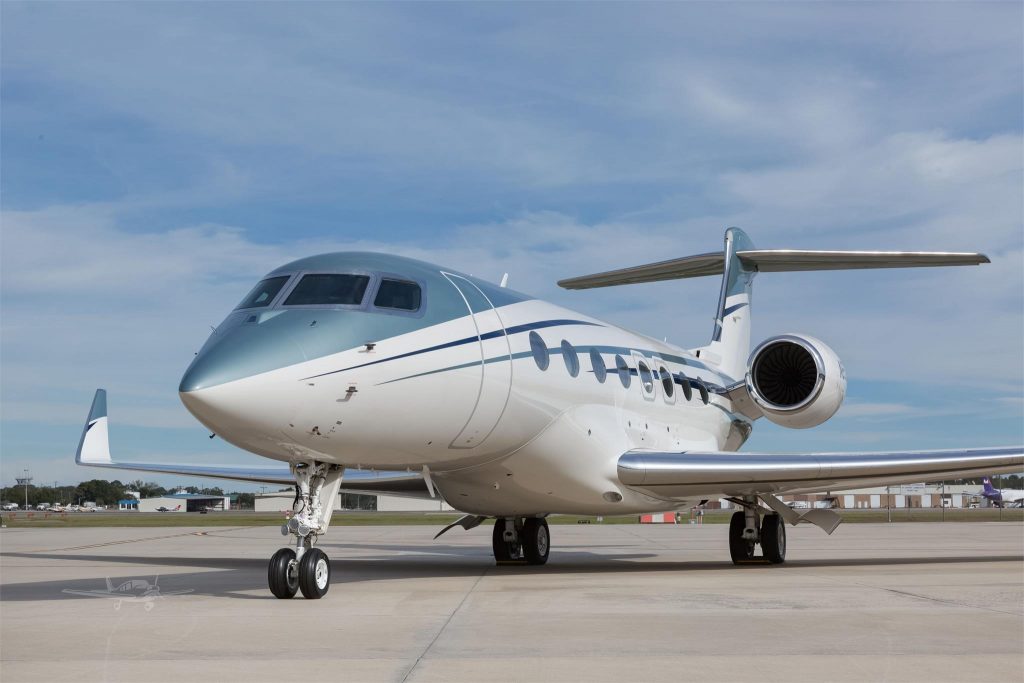The Ultimate Guide to Private Jet Charters: Costs, Benefits, and Tips
In today’s fast-paced world, where time is of the essence and luxury is increasingly sought after, private jet charters have emerged as a game-changing solution for discerning travelers. This comprehensive guide will take you through the ins and outs of private jet charters, providing valuable insights into costs, benefits, and expert tips to help you navigate this exclusive world of air travel.
Introduction to Private Jet Charters
Private jet charters represent the pinnacle of air travel, offering unparalleled convenience, luxury, and personalization. Unlike commercial flights, where passengers are bound by rigid schedules and shared spaces, private jet charters provide a bespoke flying experience tailored to individual needs and preferences.
The concept of chartering private aircraft dates back to the early days of aviation, but it wasn’t until the latter half of the 20th century that it began to gain significant traction. As business became increasingly global and time-sensitive, the demand for flexible, efficient air travel solutions grew. This demand, coupled with advancements in aircraft technology and a growing population of high-net-worth individuals, fueled the expansion of the private jet charter industry.
Today, the private jet charter market is a thriving sector within the aviation industry. According to recent reports, the global private jet market size was valued at over $25 billion in 2020 and is projected to grow at a compound annual growth rate (CAGR) of more than 5% from 2021 to 2028. This growth is driven by factors such as increasing disposable incomes, a rising number of ultra-high-net-worth individuals, and a growing appreciation for the time-saving benefits of private air travel.
Understanding Private Jet Charter Options
When it comes to private jet charters, there’s no one-size-fits-all solution. The industry offers a variety of options to cater to different needs, preferences, and budgets. Let’s explore some of the main types of private jet charter services available:
On-Demand Private Jet Charter
On-demand charter, also known as ad-hoc charter, is the most flexible option in private aviation. It allows you to book a private jet for a specific trip as and when you need it. This pay-as-you-go model is ideal for those who fly infrequently or have varying travel needs. With on-demand charters, you can choose the exact aircraft type for each trip, allowing you to optimize for factors such as passenger count, luggage requirements, and flight distance.
Jet Card Programs
Jet card programs offer a middle ground between on-demand charters and full ownership. By purchasing a jet card, you essentially pre-pay for a certain number of flight hours on a specific aircraft type or category. This option provides more consistency in terms of pricing and aircraft quality compared to on-demand charters, while still offering flexibility in terms of when and where you fly.
Membership Programs
Private jet membership programs have gained popularity in recent years. These programs typically require an upfront membership fee and then charge members a fixed hourly rate for their flights. The main advantage of membership programs is that they often guarantee availability with as little as 24 hours’ notice, making them an attractive option for frequent flyers who value spontaneity and flexibility.
Fractional Ownership
Fractional ownership in private jet charter is a concept where multiple parties share ownership of an aircraft. Each owner purchases a “share” of the plane, which typically corresponds to a certain number of flying hours per year. This option can be cost-effective for those who fly frequently but don’t want the full financial and operational responsibility of whole aircraft ownership.
Understanding the Cost of Private Jet Charter
One of the most frequently asked questions about private jet charters is, “How much does it cost?” The answer varies depending on multiple factors, making it difficult to provide a one-size-fits-all estimate. Private jet charters offer unparalleled flexibility, convenience, and luxury, but these benefits come with costs influenced by a range of variables, including aircraft type, flight distance, operational fees, and crew expenses. While some short-haul flights on smaller jets can cost as little as $5,000 to $10,000 per trip, long-haul flights on ultra-long-range aircraft can exceed $100,000. Understanding these cost factors can help travelers make more informed decisions when selecting a private jet charter that best suits their needs.
Aircraft Type and Flight-Related Costs
The type and size of the aircraft play a significant role in determining the overall cost of a private jet charter. Light jets, such as the Cessna Citation CJ3, typically cost between $2,500 and $4,500 per flight hour, making them a more budget-friendly choice for short regional flights. In contrast, midsize and heavy jets, like the Gulfstream G280 or Bombardier Global 6000, can range from $5,000 to $15,000 per flight hour, offering more range and luxury. Ultra-long-range jets, such as the Gulfstream G650 or Bombardier Global 7500, come with the highest price tags, costing $10,000 to $20,000 per hour due to their advanced technology, spacious cabins, and extended flight range. Additionally, flight distance and total flight time impact the cost, as longer flights consume more fuel and require additional crew hours, potentially increasing expenses. While longer flights cost more in total, the per-hour rate may decrease, making them slightly more cost-effective for intercontinental travel.
Additional Fees: Airport Charges, Crew Expenses, and More
Beyond flight and aircraft costs, private jet charters also incur various operational fees that affect the final price. Airport fees, including landing, handling, and overnight parking fees, vary depending on the airport’s location and traffic volume. Major international hubs typically charge higher fees than smaller regional airports, making airport selection an important consideration for cost-conscious travelers. Crew expenses also play a role in pricing—on multi-day trips, passengers may be responsible for covering pilot and flight crew accommodations, meals, and per diem allowances. Additionally, some charters may require repositioning flights, where the aircraft must travel empty to reach the departure location, adding to the total expense. For frequent travelers, membership programs or fractional ownership may provide a more cost-effective way to enjoy private aviation without incurring one-time charter fees. By understanding these pricing factors, travelers can better navigate the private jet charter market and find the best option for their budget and travel needs.
Peak Travel Periods
Prices can increase during high-demand periods such as holidays or major events.
As a rough guide, here are some average hourly rates for different jet categories:
-
Light Jets: $2,500 – $5,000 per hour
-
Midsize Jets: $4,000 – $8,000 per hour
-
Heavy Jets: $7,000 – $13,000 per hour
-
Ultra-Long-Range Jets: $10,000 – $20,000 per hour
It’s important to note that these are just averages, and actual prices can vary significantly based on the specific factors of your trip.
Benefits of Choosing Private Jet Charter
While the cost of private jet charter may seem high compared to commercial first-class travel, the benefits often justify the expense for many travelers. Here are some key advantages:
Time Savings
Private jet charters offer significant time savings. You can arrive at the airport just minutes before your flight, bypass security lines, and fly directly to your destination without layovers. This can turn an all-day travel ordeal into a quick, efficient journey.
Flexibility
With private jet charters, you set the schedule. You can change your departure time or even your destination on short notice, providing unparalleled flexibility for business or leisure travel.
Privacy and Productivity
A private jet cabin offers a confidential environment for sensitive business discussions or simply enjoying personal time. Many jets are equipped with Wi-Fi and workspaces, allowing you to remain productive while in the air.
Access to More Airports
Private jets can access thousands of airports that commercial airlines don’t serve, often getting you closer to your final destination.
Customized Experience
From the onboard catering to the cabin temperature, every aspect of your flight can be customized to your preferences.
Reduced Stress
Avoiding crowded terminals, long security lines, and the general hustle and bustle of commercial airports can significantly reduce travel-related stress.
How to Book a Private Jet Charter
Booking a private jet charter might seem daunting at first, but the process is actually quite straightforward. Here’s a step-by-step guide:
-
Determine your travel requirements (departure/arrival locations, dates, number of passengers, etc.).
-
Research and choose a reputable private jet charter company.
-
Request a quote, providing all necessary details about your trip.
-
Review the quote and ask any questions about the aircraft, crew, or services.
-
If satisfied, confirm your booking and pay the required deposit.
-
Provide passenger information and any special requests (catering, ground transportation, etc.).
-
Receive your trip confirmation with all relevant details.
-
Arrive at the private terminal at the agreed time and enjoy your flight!
When choosing a private jet charter company, look for:
-
Safety ratings and certifications
-
Years of experience in the industry
-
Transparency in pricing and terms
-
Quality and range of aircraft available
-
Customer reviews and testimonials
-
24/7 customer support
Popular Aircraft for Private Jet Charter
The world of private aviation offers a wide range of aircraft to suit different needs and preferences. Here’s an overview of some popular categories:
Light Jets
Light jets are ideal for shorter trips and smaller groups, typically accommodating 4-8 passengers. They’re cost-effective and can access smaller airports. Popular models include the Embraer Phenom 300 and the Cessna Citation CJ4.
Midsize Jets
Midsize jets offer more space and range than light jets, making them suitable for longer domestic flights or short international trips. They usually seat 6-10 passengers. The Bombardier Challenger 350 and Gulfstream G280 are popular choices in this category.
Heavy Jets
Heavy jets are designed for long-range flights and larger groups, typically seating 10-16 passengers. They offer stand-up cabins and often include separate areas for working, dining, and relaxing. The Dassault Falcon 7X and Gulfstream G650 are examples of heavy jets.
Ultra-Long-Range Jets
These are the pinnacle of private aviation, capable of flying non-stop for 12 hours or more. They offer the height of luxury and are often configured with sleeping quarters and shower facilities. The Bombardier Global 7500 and Gulfstream G700 are top-of-the-line ultra-long-range jets.
Private Jet Charter for Business Travel
Private jet charters have become an invaluable tool for many businesses, offering numerous advantages over commercial travel:
Time Efficiency
Private jets allow executives to visit multiple locations in a single day, maximizing productivity and minimizing time away from the office.
Flexible Scheduling
Meetings run long? No problem. With private charters, you can adjust your departure time to accommodate changing schedules.
Enhanced Privacy
Confidential discussions can be held freely without worry of being overheard by competitors or other passengers.
Improved Productivity
Many private jets are equipped with high-speed Wi-Fi, satellite phones, and workspaces, allowing executives to work effectively while in transit.
Impression Management
Arriving by private jet can make a strong impression on clients and business partners, potentially giving your company a competitive edge.
For group business travel, such as for conferences or team off-sites, private jet charters can be surprisingly cost-effective when compared to multiple first-class tickets. They also ensure that your entire team arrives together, fresh and ready for the event.
Luxury Travel with Private Jet Charter
For those seeking the ultimate in luxury travel, private jet charters offer an unparalleled experience:
VIP Amenities
From plush leather seating to state-of-the-art entertainment systems, private jets are designed for comfort and luxury.
Gourmet Dining
Forget airplane food. On a private jet, you can enjoy restaurant-quality meals tailored to your preferences, often prepared by top chefs.
Personalized Service
From the moment you book until you reach your destination, you’ll receive attentive, personalized service catered to your needs.
Seamless Travel Experience
Private jet travel eliminates many of the hassles associated with flying, from security lines to baggage claim, making your journey as smooth and enjoyable as your destination.
Access to Exclusive Destinations
Private jets can access smaller airports closer to luxury resorts and exclusive locations that commercial airlines don’t serve.
Safety and Regulations in Private Jet Charter
Safety is paramount in private aviation, and the industry is heavily regulated to ensure the highest standards are maintained:
FAA Regulations
In the United States, private jet charter operators must comply with Federal Aviation Administration (FAA) regulations, including Part 135 rules for on-demand air carriers.
Pilot Qualifications
Charter pilots are required to have extensive training and experience. Many operators exceed FAA minimums, requiring additional qualifications and regular recurrent training.
Aircraft Maintenance
Charter aircraft undergo rigorous maintenance schedules, often more frequent than those required for commercial airliners.
Safety Ratings
Third-party organizations like Wyvern, ARGUS, and IS-BAO provide safety ratings for charter operators. Look for operators with the highest ratings.
Safety Management Systems
Many charter companies implement comprehensive Safety Management Systems (SMS) to proactively identify and mitigate potential safety risks.
When booking a private jet charter, don’t hesitate to ask about the operator’s safety record, certifications, and pilot qualifications. A reputable company will be transparent about their safety measures and happy to address any concerns.
Environmental Impact of Private Jet Charter
As awareness of environmental issues grows, the private aviation industry is taking steps to reduce its carbon footprint:
Carbon Emissions
Private jets do have a higher per-passenger carbon footprint compared to commercial flights. However, they often fly more direct routes and at more efficient altitudes, which can partially offset this.
Sustainable Aviation Fuel
Many charter operators are beginning to use Sustainable Aviation Fuel (SAF), which can reduce carbon emissions by up to 80% compared to traditional jet fuel.
Carbon Offset Programs
Many private jet companies offer carbon offset programs, allowing passengers to invest in environmental projects to balance out the emissions from their flights.
Technological Advancements
The industry is investing in more fuel-efficient aircraft designs and exploring electric and hybrid propulsion systems for future aircraft.
While private aviation does have an environmental impact, it’s worth noting that it represents a small fraction of overall aviation emissions. Nevertheless, the industry is committed to improving its environmental performance and many operators are taking proactive steps in this direction.
Tips for First-Time Private Jet Charter Clients
If you’re new to private jet travel, here are some tips to help you make the most of your experience:
-
Book in advance when possible to ensure availability and potentially better rates.
-
Be clear about your needs and preferences when booking to ensure the right aircraft is selected.
-
Take advantage of the flexible departure times – arrive at the private terminal just 15-30 minutes before your flight.
-
Pack light if possible – while private jets have baggage allowances, they’re often more limited than commercial flights.
-
Don’t be shy about making special requests – private aviation is all about personalization.
-
Familiarize yourself with the safety briefing, even if you’re an experienced traveler.
-
Relax and enjoy the journey – private jet travel is meant to be a pleasant experience from start to finish.
Choosing the Right Private Jet Charter for Your Needs
Selecting the right private jet charter requires careful consideration of several factors to ensure a seamless and comfortable flying experience. Whether you’re booking a charter for business or leisure, the aircraft you choose should match your specific travel requirements, including trip distance, passenger capacity, luggage space, onboard amenities, and budget. By evaluating these elements in advance, you can find an aircraft that strikes the perfect balance between efficiency, comfort, and cost. Private jet travel offers unmatched flexibility, but choosing the wrong jet could lead to unnecessary expenses or limitations in range and features.
Key Considerations for Selecting a Private Jet Charter
One of the most important factors in choosing a private jet is trip distance. Short-haul flights of 500 to 1,500 miles are best suited for light jets like the Cessna Citation M2 or Embraer Phenom 300, which are cost-effective and capable of accessing smaller airports. However, for long-haul international flights, larger aircraft such as the Gulfstream G650 or Bombardier Global 7500 are required, as they offer greater fuel capacity, higher speeds, and luxurious amenities to make extended travel more comfortable. Additionally, passenger count plays a crucial role—light jets typically seat 6-8 passengers, midsize jets accommodate 8-10 passengers, and heavy jets provide space for 10-16 passengers. Ensuring your group has enough room for a comfortable journey is essential.
Beyond seating capacity, it’s important to factor in luggage requirements and onboard amenities. If you’re traveling with bulky items such as ski gear, golf clubs, or large suitcases, you’ll need a jet with ample cargo space. For business travelers or those seeking a luxurious experience, premium jets offer features like Wi-Fi connectivity, private bedrooms, showers, and entertainment systems. Finally, budget plays a key role in decision-making. While private aviation is inherently a luxury service, costs vary widely based on aircraft size, flight duration, and additional services. Understanding your budget constraints ahead of time can help you select the most cost-effective option, whether it’s an on-demand charter, jet card membership, or fractional ownership program. By considering all these factors, you can ensure a smooth and enjoyable private jet experience tailored to your needs.
Operator Reputation
Always choose a well-established operator with a strong safety record and positive customer reviews.
Remember, a good charter company will work with you to understand your needs and recommend the best options. Don’t hesitate to ask questions and seek their expert advice in making your decision.
In conclusion, private jet charters offer a level of convenience, flexibility, and luxury that’s unmatched in the world of travel. While it comes at a premium, for many travelers, the benefits far outweigh the costs. Whether you’re a business executive needing to make multiple stops in a day, a family looking for a stress-free vacation start, or a luxury traveler seeking the ultimate in-flight experience, private jet charters provide a solution tailored to your unique needs. As the industry continues to evolve, with advancements in technology and a growing focus on sustainability, private jet travel is becoming more accessible and responsible, promising an exciting future for those who choose to fly private.
